What is the difference between sterling silver and silver and which is right for you?
When it comes to choosing jewelry, it's important to understand the difference between sterling silver and silver. While both are made from the precious metal silver, they have distinct characteristics that make them suitable for different purposes. In this article, we will explore the composition, properties, and benefits of sterling silver and silver, and provide key takeaways to help you make an informed decision.
Key Takeaways
- Sterling silver is composed of 92.5% silver and 7.5% other metals, making it more durable and resistant to tarnish compared to pure silver.
- Sterling silver is hypoallergenic, making it a great choice for individuals with sensitive skin.
- Silver, also known as fine silver, is composed of 99.9% pure silver and is softer and more prone to tarnish.
- Silver is often used for decorative purposes, such as silverware and decorative items, while sterling silver is commonly used for jewelry.
- When choosing between sterling silver and silver, consider factors such as price, durability, maintenance, and personal style and preference.
Understanding Sterling Silver
Composition of Sterling Silver
Sterling silver is composed of 92.5% pure silver and 7.5% other metals, usually copper. This combination of metals gives sterling silver its unique properties and durability. The addition of copper also helps to prevent tarnishing, which is a common issue with pure silver. The high silver content ensures that sterling silver retains its lustrous appearance and is suitable for various jewelry and silverware designs.
When it comes to composition, sterling silver is a popular choice due to its high silver content and the added strength provided by the other metals.
Properties of Sterling Silver
Sterling silver is known for its unique properties that make it a popular choice for jewelry and other decorative items. One of the key properties of sterling silver is its durability. It is a strong and sturdy metal that can withstand everyday wear and tear.
Another important property of sterling silver is its luster. It has a bright and shiny appearance that adds a touch of elegance to any piece of jewelry.
In addition, sterling silver is hypoallergenic, making it suitable for people with sensitive skin. It is less likely to cause allergic reactions compared to other metals.
When it comes to care and maintenance, sterling silver requires regular cleaning to maintain its shine. It is recommended to use a soft cloth or a silver polishing cloth to gently clean the silver.
Overall, the properties of sterling silver make it a great choice for those looking for a durable, lustrous, and hypoallergenic metal for their jewelry.
Benefits of Choosing Sterling Silver
When it comes to choosing jewelry, quality is of utmost importance. Sterling silver is an excellent choice for those looking for a durable and beautiful option. Here are some key benefits of choosing sterling silver:
-
Durability: Sterling silver is known for its strength and durability. It is a sturdy metal that can withstand everyday wear and tear.
-
Versatility: Sterling silver jewelry can be easily paired with any outfit, making it a versatile choice for both casual and formal occasions.
-
Hypoallergenic: Unlike some other metals, sterling silver is hypoallergenic, making it suitable for those with sensitive skin.
-
Affordability: Sterling silver offers a more affordable option compared to other precious metals like gold or platinum.
In summary, choosing sterling silver jewelry ensures you get a high-quality, durable, versatile, and affordable option that is also hypoallergenic. It is a great choice for anyone looking for a timeless and elegant piece of jewelry.
Exploring Silver
Composition of Silver
Silver is a chemical element with the symbol Ag and atomic number 47. It is a lustrous white metal that is known for its high thermal and electrical conductivity. Silver is often found in nature as a pure metal or as an alloy with other metals. In its pure form, it is too soft for most practical uses, so it is commonly mixed with other metals to create alloys. One of the most common silver alloys is sterling silver, which is composed of 92.5% silver and 7.5% other metals, usually copper. This composition gives sterling silver its unique properties and durability.
Properties of Silver
Silver is a lustrous and highly reflective metal that is known for its excellent conductivity. It is a soft metal, which makes it malleable and easy to shape into various forms. Silver is also resistant to corrosion and tarnish, making it a durable choice for jewelry and other decorative items.
In terms of purity, silver is often measured in terms of its fineness. Pure silver, also known as fine silver, has a fineness of 999, meaning it is 99.9% pure. However, pure silver is too soft for most practical uses, so it is often alloyed with other metals to increase its strength.
One common alloy of silver is sterling silver, which is composed of 92.5% silver and 7.5% other metals, usually copper. This combination gives sterling silver added strength while still maintaining its silver appearance and properties.
When it comes to appearance, silver has a bright, shiny finish that can be polished to a high sheen. It is a versatile metal that can be used in both traditional and modern designs.
Different Types of Silver
When it comes to silver, there are several different types to choose from. Each type has its own unique characteristics and uses. Here are some of the most common types of silver:
-
Fine Silver: This type of silver is the purest form, consisting of 99.9% silver. It is soft and malleable, making it ideal for intricate jewelry designs.
-
Sterling Silver: Sterling silver is a popular choice for jewelry as it is durable and affordable. It is made up of 92.5% silver and 7.5% other metals, usually copper, which adds strength and durability.
-
Silver Plated: Silver plated items are made of a base metal, such as brass or copper, that is coated with a thin layer of silver. While they may look like silver, the layer of silver is not as durable and can wear off over time.
-
Silver Filled: Silver filled items are made by bonding a thick layer of silver to a base metal. They are more durable than silver plated items but not as durable as sterling silver.
When choosing the right type of silver for you, consider factors such as durability, price, and personal style.
Choosing the Right Option
Factors to Consider
When choosing between sterling silver and silver, there are several factors to consider:
-
Purity: Sterling silver is made up of 92.5% silver and 7.5% other metals, while silver is 99.9% pure. If you prefer a higher purity level, silver may be the right choice for you.
-
Durability: Sterling silver is more durable than silver due to the addition of other metals. It is less prone to scratches and tarnish, making it a better option for everyday wear.
-
Price: Sterling silver is generally more affordable than silver. If budget is a concern, sterling silver may be the more suitable option.
-
Style: Consider your personal style and preference when choosing between sterling silver and silver. Sterling silver has a classic and elegant look, while silver has a more modern and sleek appearance.
Keep these factors in mind to make an informed decision on which option is right for you.
Price Comparison
When comparing the price of sterling silver and silver, it's important to consider a few factors. First, sterling silver is typically more expensive than silver due to its higher purity. Sterling silver contains 92.5% silver and 7.5% other metals, while silver is 99.9% pure. This higher purity of silver makes it more valuable and therefore more expensive. Additionally, the craftsmanship and design of sterling silver jewelry can also contribute to its higher price compared to silver.
It's worth noting that the price of both sterling silver and silver can vary depending on the market and current demand. Therefore, it's always a good idea to compare prices from different sources and consider any additional costs, such as shipping or taxes, when making a purchase decision.
In summary, while sterling silver is generally more expensive than silver, the price difference can vary. It's important to consider the purity, craftsmanship, and market factors when comparing prices and choosing the right option for you.
Durability and Maintenance
When it comes to durability and maintenance, both sterling silver and silver require proper care to ensure their longevity.
Sterling silver is known for its durability and resistance to tarnish. However, it is still susceptible to scratches and dents, so it is important to handle it with care. To maintain its shine, regular cleaning with a soft cloth and mild soap is recommended. Additionally, storing sterling silver jewelry in airtight containers can help prevent tarnishing.
On the other hand, silver is a softer metal and is more prone to scratches and dents. It also tarnishes more easily compared to sterling silver. To keep silver items looking their best, regular cleaning with a silver polishing cloth or a gentle silver cleaner is recommended. Storing silver items in tarnish-resistant bags or anti-tarnish paper can also help prevent tarnishing.
In summary, both sterling silver and silver require proper care and maintenance to preserve their appearance and durability. By following these simple steps, you can ensure that your silver jewelry or items remain beautiful and last for years to come.
Personal Style and Preference
When choosing between sterling silver and silver, personal style and preference play a crucial role. Sterling silver offers a classic and timeless look that is perfect for those who prefer a more elegant and sophisticated style. Its bright and shiny appearance adds a touch of luxury to any outfit. On the other hand, silver has a more rustic and natural appeal, making it a great choice for those who prefer a bohemian or casual style.
In terms of jewelry design, sterling silver is often used for intricate and detailed pieces, such as engraved pendants or filigree earrings. The durability of sterling silver also makes it suitable for everyday wear. Silver, on the other hand, is commonly used for bold and statement pieces, such as chunky rings or tribal-inspired necklaces.
Ultimately, the choice between sterling silver and silver depends on your personal style and the look you want to achieve. Consider your wardrobe, lifestyle, and the occasions you plan to wear the jewelry to make the right decision.
Conclusion
In conclusion, understanding the difference between sterling silver and silver is important when making a decision on which is right for you. While both are made of the same precious metal, sterling silver offers added durability and strength due to its composition of 92.5% silver and 7.5% other metals. This makes it a popular choice for jewelry and other decorative items. On the other hand, silver, also known as fine silver, is 99.9% pure and is often used in high-end jewelry and silverware. Ultimately, the choice between sterling silver and silver depends on your personal preferences, budget, and intended use. Whether you're looking for a more affordable option or seeking the highest level of purity, both options have their own unique qualities to consider.
Frequently Asked Questions
What is sterling silver?
Sterling silver is a type of silver alloy that contains 92.5% pure silver and 7.5% other metals, usually copper.
What is the difference between sterling silver and silver?
The main difference between sterling silver and silver is the composition. Sterling silver is an alloy, while silver refers to pure silver.
Which is better, sterling silver or silver?
The choice between sterling silver and silver depends on personal preference and budget. Sterling silver is more affordable and durable, while silver has a higher purity level.
Does sterling silver tarnish?
Yes, sterling silver can tarnish over time due to its copper content. However, regular cleaning and proper care can help maintain its shine.
Can I wear sterling silver every day?
Yes, sterling silver is suitable for everyday wear. It is durable and can withstand regular use, making it a popular choice for jewelry.
How do I clean sterling silver?
To clean sterling silver, you can use a soft cloth and silver polishing solution. Avoid using harsh chemicals or abrasive materials that can damage the silver.
Best Sellers


























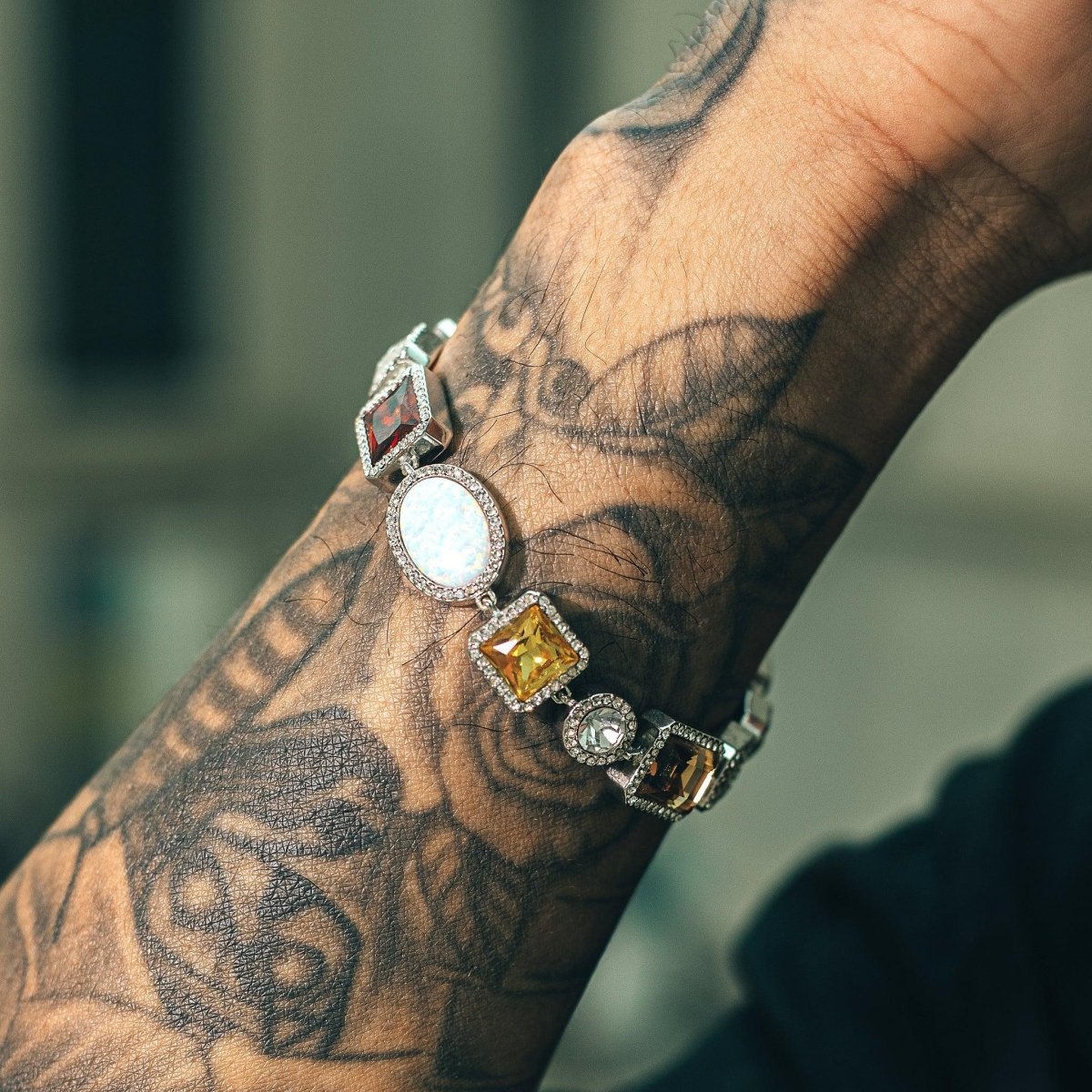
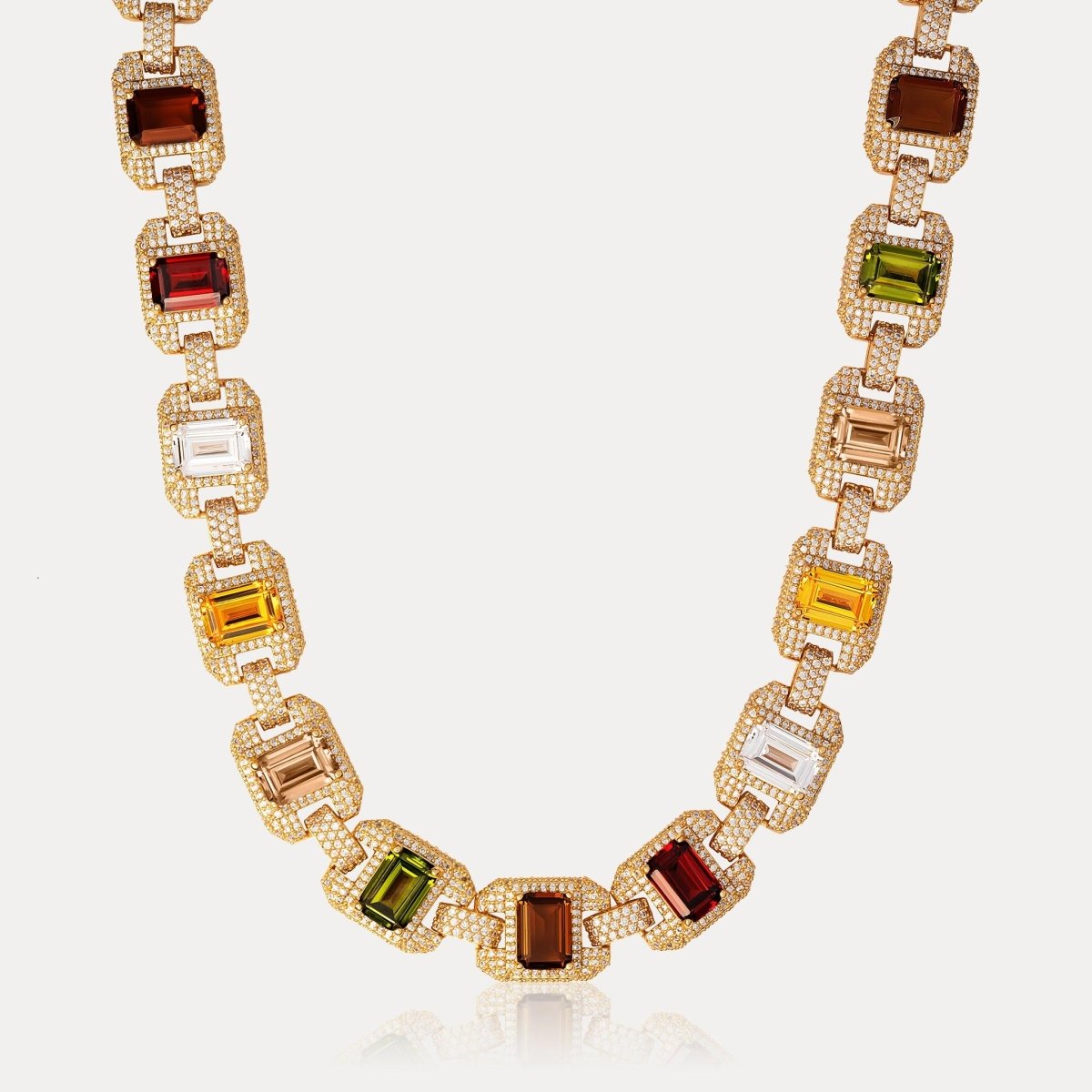



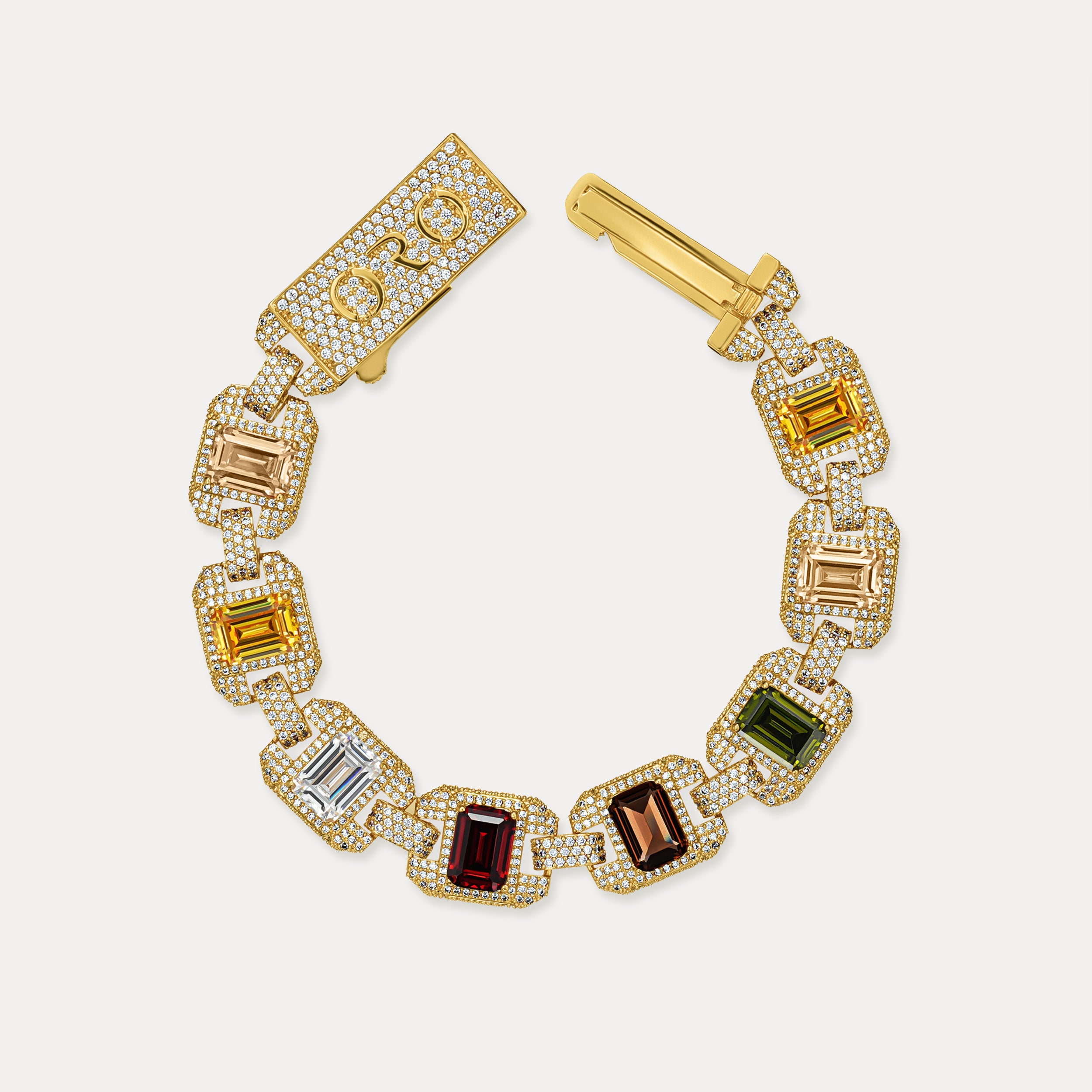
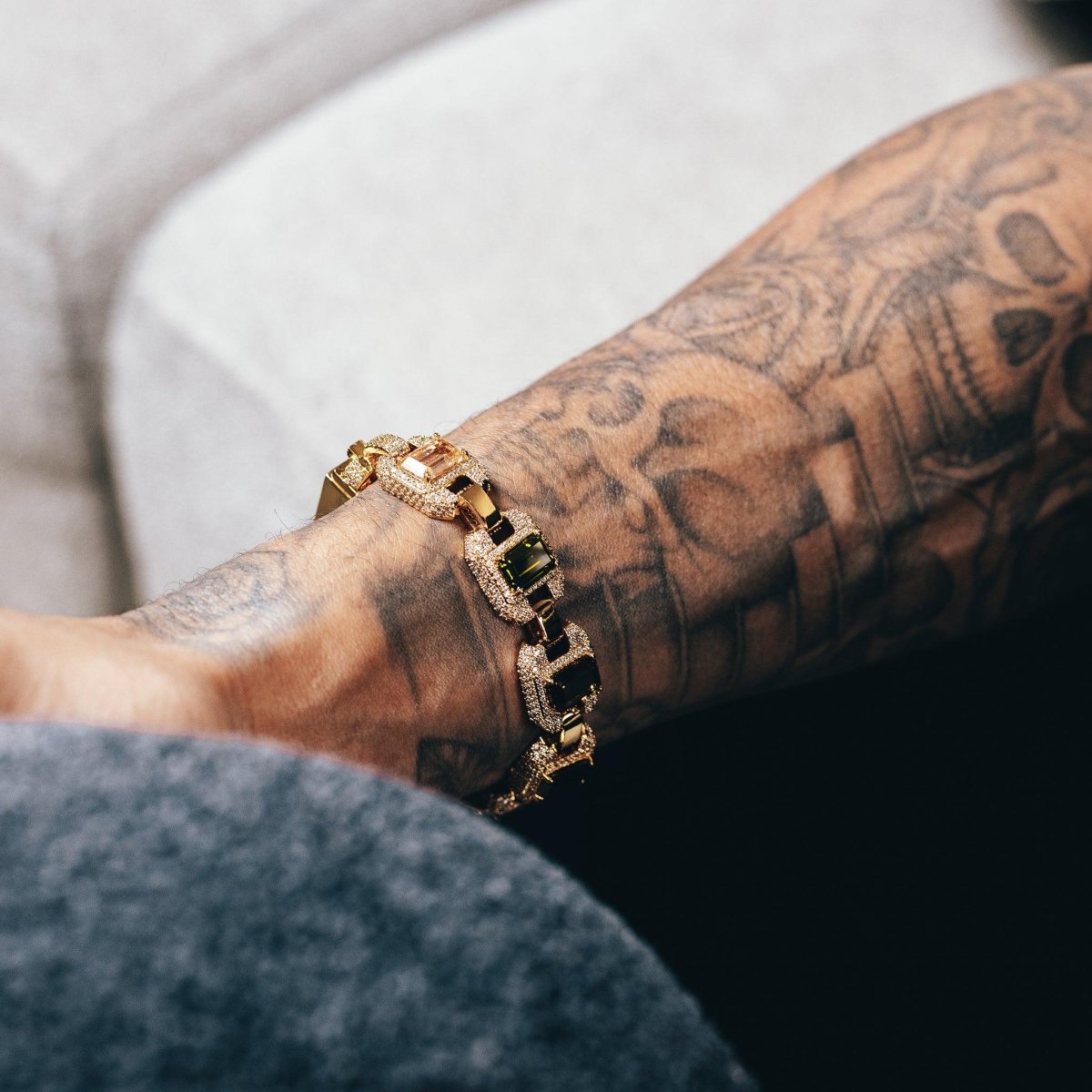











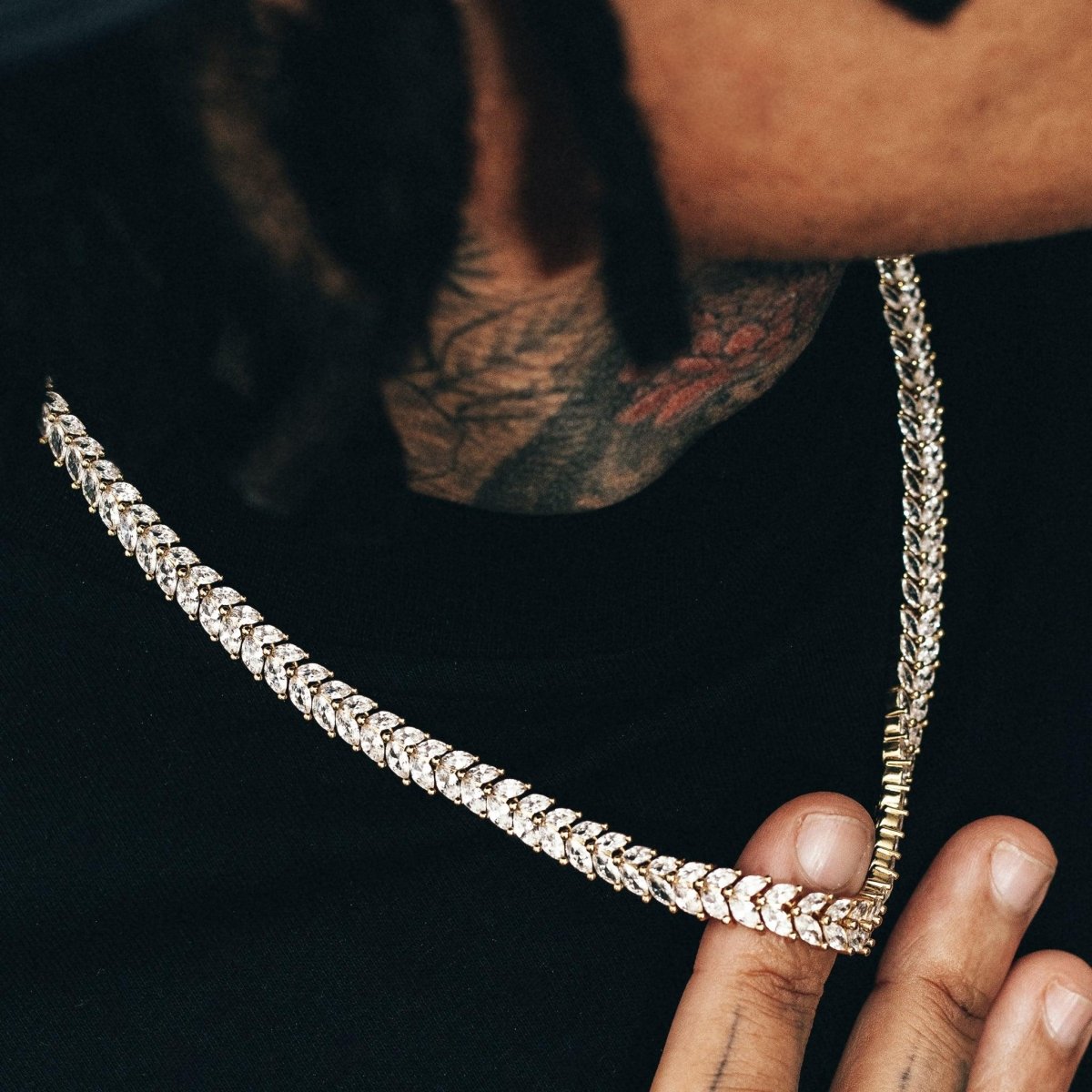






Leave a comment
This site is protected by hCaptcha and the hCaptcha Privacy Policy and Terms of Service apply.